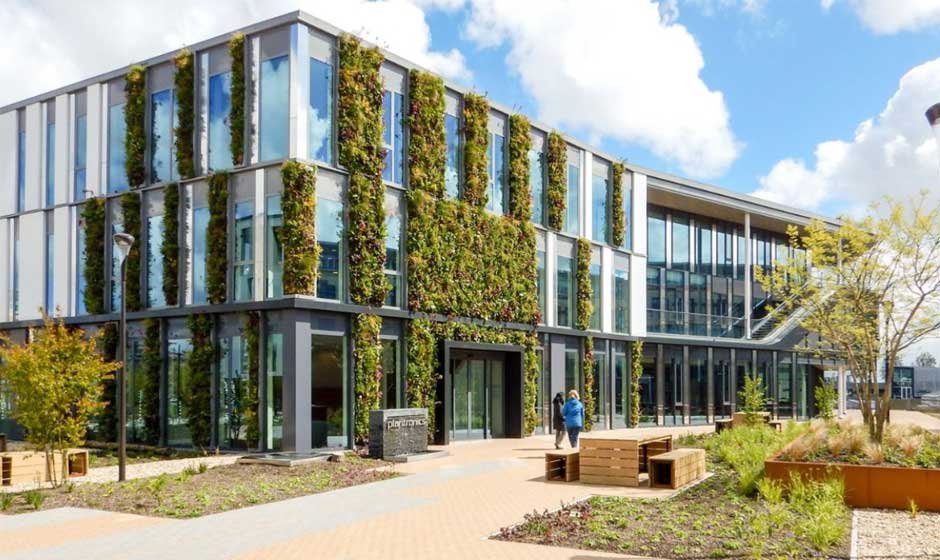BREEAM certification is one of the most widely used standard methods to measure the sustainability of buildings globally. Even though BREEAM is largely used for new developments, existing buildings may also be rewarded with BREEAM by improving their environmental performance. This not only makes the building more sustainable but also enhances the market value and appeal to environmentally sensitive tenants or investors. For certification purposes, existing buildings must be evaluated according to some of these categories, such as energy efficiency, water usage, waste management, and health and well-being. For instance, BREEAM HEA 06 Assessments UK specifically target the internal environment quality of the building to ensure that it facilitates the health of the occupants. This paper will take the reader through six major steps by which existing buildings can achieve BREEAM certification.
Carry Out Preliminary Assessment
The initial step towards obtaining the BREEAM certificate status is the preliminary assessment to ascertain the current performance level of the building. Partnering with a trusted estimating service at this stage can provide detailed cost insights for necessary upgrades or retrofits. The property shall be assessed by the assessor for BREEAM based on the various criteria that the BREEAM encompasses, whereby the factors range from energy consumption efficiency to the percentage usage of water. The point of weakness is highlighted, which needs improvement and provides a way forward in meeting BREEAM standards. Having thus established the reference point, the owner of the building might then make a strategic plan for improvement to amend its shortcomings and maximise performance.
Energy Efficiency Upgrade
Energy efficiency is one of the major assessment criteria regarding BREEAM certification. Buildings assessed will receive better grades on their energy performance through system and equipment upgrades. The upgrades entail installing energy-efficient lighting, optimising HVAC systems, and also incorporating other renewable sources of energy, such as solar panels. It has been proven that proper insulation of the building and reduction of energy losses through automation and smart meters can help a lot in improving energy performance. In addition, energy efficiency is significant in attaining BREEAM points, besides cutting down operational costs, and therefore, the building is regarded as attractive to tenants or buyers.
Enhance Water Efficiency
Water efficiency forms another key component in the process of BREEAM certification. In addition, its improvement in water performance will translate into the real installation of low-flow fixtures, rainwater harvesting systems and greywater recycling, among others. Monitoring consumption allows for finding areas of high intake and essentially helps increase efficiency in water use. Reduced waste from water can be both a cost-saving measure on utility bills as well as a building’s contribution to the overall sustainability profile. BREEAM awards credit for water-saving measures, and such practices can considerably enhance the prospects of an existing building to achieve certification.
Waste Management Implementation
Effective waste management is one of the key strategies for achieving BREEAM certification for existing buildings. Building owners should implement extensive waste reduction, recycling, and disposal strategies to ensure the least impairment of the environment. Developing on-site recycling programs, reducing construction waste during renovation, and safe hazardous materials disposal are some of the activities that will attract BREEAM points. The occupants are also encouraged to use sustainable ways of managing waste, thereby enhancing the entire performance of the building. A well-positioned and organised waste management plan can be the difference between achieving and failing to achieve certification.
Indoor Environmental Quality Improvement
The indoor environment is a significant priority area of consideration that plays a big role in the health and well-being conditions of the occupants of any building. Hence, improvements such as better ventilation, appropriate lighting, and noise control measures can all add to general comfort by improving indoor air quality. BREEAM intends to focus on issues of health and comfort through assessing such considerations. Apart from benefiting the occupants, these upgrades will benefit the BREEAM score of the building.
Track and Record Performance
Continued monitoring and recording is also necessary to achieve and maintain a BREEAM certification. Owners of buildings are required to register all upgrades and improvements while tracking energy and water usage, waste management results, and indoor air quality. Then, continuous appraisals would be able to ascertain the effectiveness of these efforts and modify strategies according to that to meet the BREEAM criteria. Also, during the final BREEAM assessment, proper documentation becomes important as it serves as evidence of compliance with the chosen criteria. Such proactive efforts ensure the building stays on the certification path.
Conclusion:
In the BREEAM system, certification of an existing building is a rather involved process, which requires strategic planning across many sustainability criteria so that issues get managed with continuous improvement. With preliminary assessment, enhancement of energy and water efficiency, effective management of waste, enhancement of indoor environment quality, and accurate monitoring of progress, owners can manage their buildings to be more sustainable and efficient. Beyond this environmental impact, BREEAM certification can enhance the marketability and the long-term value of the building.













